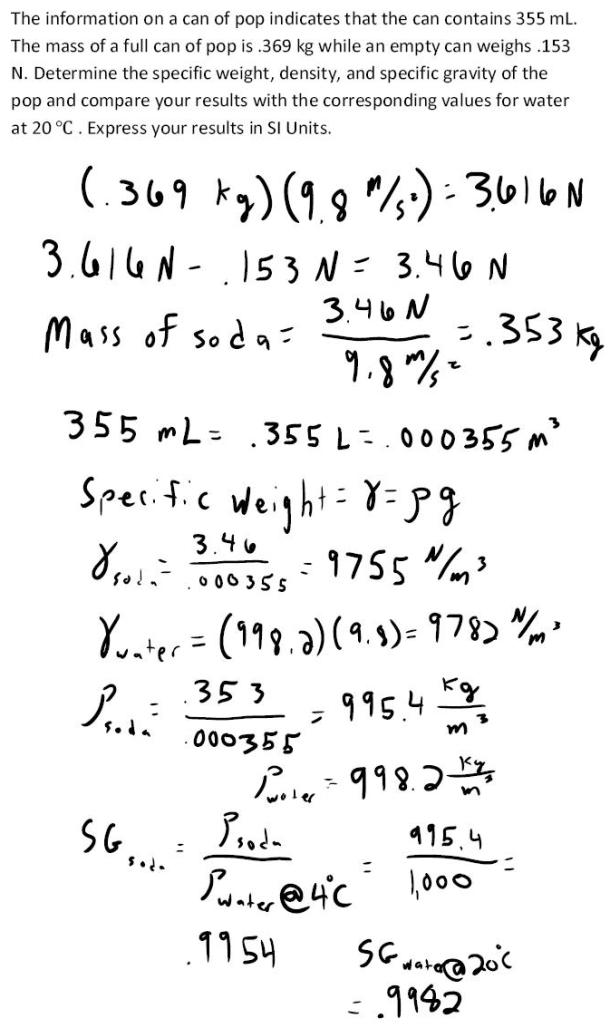fluid mechanics math problems engineering equations fluid mechanics basic mechanics school homework engineering math fluids formulas fluid mechanics problems fluid mechanics problem solutions to fluids problems full solution fluid mechanics engineering fluids problem solution fluid mechanics math problems engineering equations fluid mechanics basic mechanics school homework engineering math fluid mechanics formulas fluid problems fluid mechanics problem solutions to fluid mechanics problems full solution fluid mechanics engineering fluid mechanics problem solution
fluid mechanics math problems engineering equations fluid mechanics basic mechanics school homework engineering math fluids formulas fluid mechanics problems fluid mechanics problem solutions to fluids problems full solution fluid mechanics engineering fluids problem solution fluid mechanics math problems engineering equations fluid mechanics basic mechanics school homework engineering math fluid mechanics formulas fluid problems fluid mechanics problem solutions to fluid mechanics problems full solution fluid mechanics engineering fluid mechanics problem solution
The information on a can of pop indicates that the can contains 355 mL. The mass of a full can of pop is .369 kg while an empty can weighs .153 N. Determine the specific weight, density, and specific gravity of the pop and compare your results with the corresponding values for water at 20 degrees C. Express your results in SI units.

The information on a can of pop indicates that the can contains 355 mL. The mass of a full can of pop is .369 kg while an empty can weighs .153 N. Determine the specific weight, density, and specific gravity of the pop and compare your results with the corresponding values for water at 20 degrees C. Express your results in SI units.
